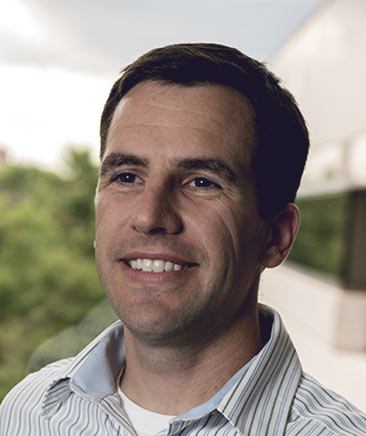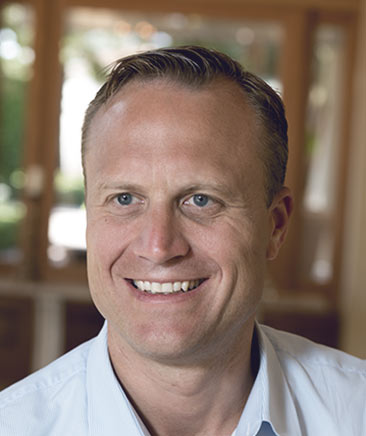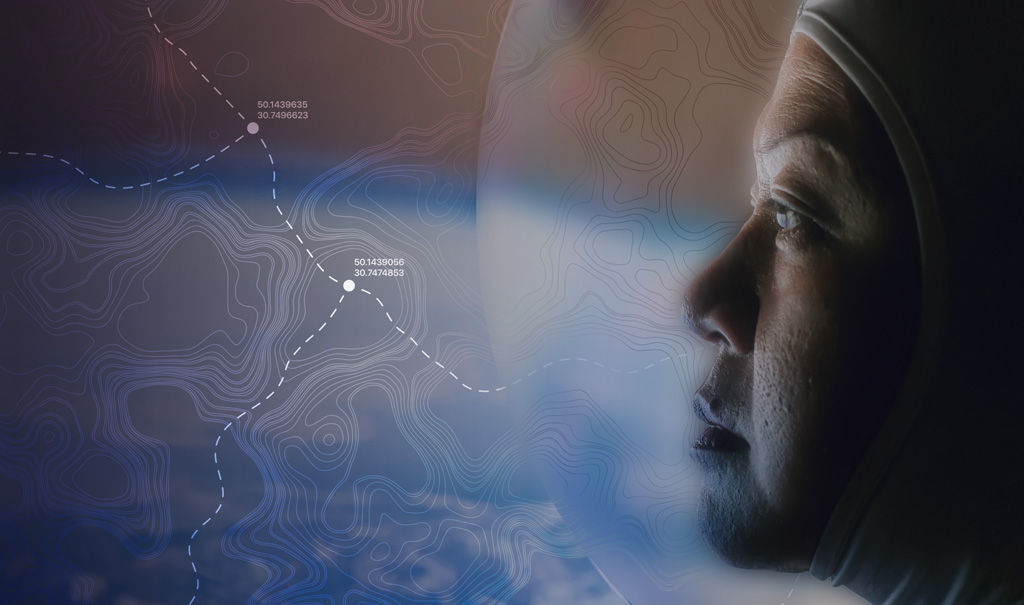Even after decades of R&D experience, many life sciences companies still struggle with handing off asset programs from one team to another during the R&D journey. Legacy approaches, complex organizations, long individual exercises, misaligned incentives and other factors can lead to safety concerns, delayed decisions, reduced evidence availability for regulatory submissions and many other challenges. It’s not difficult to find real-world examples of how these challenges cross the R&D journey:
From preclinical to human studies: In 2006, inadequate early stage testing considerations caused six participants in a TeGenero preclinical study to become sick with life-threatening conditions, indicating the diligence required to ensure therapies can safely advance from preclinical to human studies.
From research to development: After Eli Lilly ceased its infectious disease operations, a third-party firm was needed to identify the potential of Daptomycin—which had been shelved for four years. This highlights the complexities associated with handing off a project from the research team to the development team.
From clinical trials to commercialization: The 17% of phase 3 clinical trials that fail for safety considerations are a danger to broad populations and a drain on resources—and that doesn’t even take into account the launches of inadequate products that could have been flagged earlier by collaboration between clinical and commercial teams. Roche’s recent announcement about adding “stronger gates” between phases 2 and 3 highlights a growing realization that increased diligence at this juncture is needed to improve overall portfolio value and success rates.
Key drivers of handoff challenges in pharma R&D
While handoff challenges may feel complex or even overwhelming, it’s within our reach to generalize and solve them. This is a goal worth pursuing, considering the negative effects they have on patients and productivity. The first step to solving handoff problems is to identify their key drivers:
- Siloed asset strategies: Asset development milestones are often disconnected from broader organizational priorities and are not created in a data-driven, unified manner.
- Misaligned incentive models: Similar to overall team goals, asset development incentive models often have next-step time horizons. This breeds motivation that isn’t aligned with what’s necessary for long-term portfolio growth.
- Unintended lack of transparency: Insights developed by one team are often highly technical and specific to that function, leading to portability challenges as downstream functions don’t know how to leverage these insights. This also makes it difficult for downstream functions to set clear expectations for what is needed before an asset reaches them.
In one large pharma company, ZS saw how organizational evolution over time caused handoff problems for a therapeutic area’s (TA) leadership and team members, as shifts in TA focus led to scientific personnel being rapidly redeployed in new disease areas. Given this, it’s not surprising that this particular area’s therapy median cycle times are significantly longer than other TAs within the company. Across all trial phases, the area’s median cycle times are twice as long as what industry peers experience.
5 ways to improve pharma R&D handoffs
To improve drug development timelines, we encourage R&D leadership to ponder some key questions, including: How can we most effectively deploy organizational capital to create a strong handoff strategy? How can we ensure that leadership considers the handoff strategy when making R&D investment decisions?
We believe five components can help answer these questions and improve handoffs. We have also shared real-world examples of how large pharma companies are implementing each of these components.
Component 1: A unified portfolio-level investment strategy that’s a north star and defined by a cohesive R&D and commercial team. This team should collaborate early in the process and focus on tradeoff discussions that align with data-driven, scenario-planned milestones. In tandem with scientific diligence to inform go or no-go decisions, these milestones can be used as proxies for eventual market success.
Real-world example: Large pharma companies are heavily embedding integrated evidence beginning at a therapy’s inception, and the ZS medical affairs outlook report 2023 noted increasing investments in this area.
Component 2: An independent third party to assess the decisions being made based on pre-existing criteria.
Real-world example: Third parties host “challenger sessions” where assets are independently valued, with Roche’s stronger gates mentality being one example.
Component 3: A knowledge management hub that helps asset development teams seamlessly identify and gain access to relevant strategy, data, tools and repositories of enterprise knowledge.
Real-world example: At Janssen, Trials360.ai is aiming to interlink portfolio performance implications to improve future decision-making, helping advance toward the goal of end-to-end transparency that powers better decisions throughout the pipeline.
Component 4: Incentive models that align with the unified strategy to ensure that longer term goals focus on market access and are informed by results of go or no-go decisions. This concept could help teams move away from strict commercial considerations earlier in the pipeline and instead base incentives on achievements of the portfolio investment strategy—for example, a target that closely meets a large unmet need in the community setting. These incentive models should also reward difficult no-go decisions.
Real-world example: While not widely publicized, it’s become more common to see development stakeholder incentives that are based on market access achievement, rather than regulatory approval.
Component 5: A continuum task force led by a member of the executive committee who works outside of R&D and who doesn’t report to the commercial team. This task force should follow the asset through all stages of R&D to early launch, and always keep the asset’s long-term market value at the forefront.
Real-world example: Using an asset strategy leader to follow an asset through the pipeline to make sure teams discuss key factors including evidence, access and branding. AbbVie’s announcement of a new asset strategy leader role is a prominent example of this approach.
As organizations work to implement these components (see Figure 1), they should consider a couple of important points. The first is that these components build on each other—a third party that’s measuring success won’t be effective without objectives to measure against. And incentives could have adverse effects if incentivized teams are too close to the decision-making process. We recommend starting with the first component and advancing as far as you can.
FIGURE 1: Building on handoff success throughout the R&D journey
Similarly, each component is not binary, as a spectrum of options exist across all of them. Most life sciences companies are already working on each of these recommendations but can further explore how they are navigating each step and determine where to expand efforts.
Now is the time to take an objective look at where the biggest handoff challenges are occurring in your organization. Once you identify trouble spots, determining how solutions should be deployed and their expected impact will become clearer, making it possible to show the business case for pursuing better handoffs.
Add insights to your inbox
We’ll send you content you’ll want to read – and put to use.

















